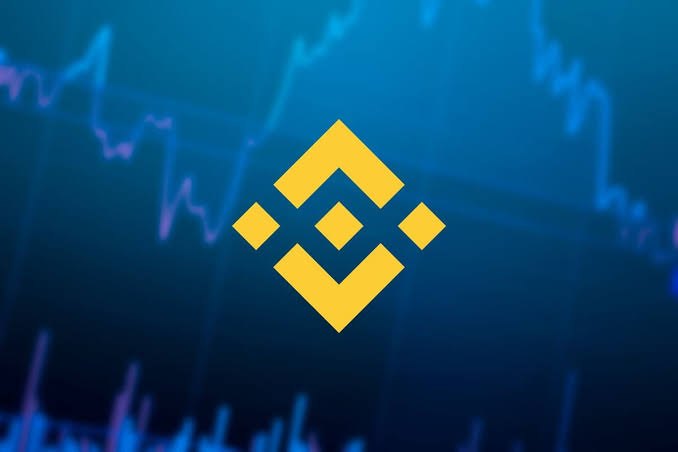
As we approach the two-year mark since the dramatic collapse of FTX, its impact still reverberates throughout the crypto industry, reinforcing the importance of transparency in managing user funds. In response, many exchanges have adopted more rigorous asset reporting standards, with Proof-of-Reserves (PoR) reports becoming a common practice. However, only two major exchanges—Bitfinex and Binance—have seen significant growth in their Bitcoin reserves since the FTX fallout, underscoring their unique position in a sector that has been redefining its commitment to transparency.
Transparency Gains Momentum After FTX
The collapse of FTX highlighted the risks of inadequate reserve management, pushing exchanges to focus on transparency and accountability. Leading exchanges now provide PoR reports to verify their assets, but Coinbase remains a notable exception as the only major exchange yet to issue a public PoR report.
Among the top players, Binance has distinguished itself by publishing Proof-of-Assets (PoA) that includes on-chain addresses, giving users the ability to verify its reserves directly. Binance even allows users to confirm that their individual account balances are reflected in the platform’s total liabilities, covering Bitcoin, Ethereum, and other assets. Despite regulatory challenges in the U.S., Binance’s Bitcoin reserves have grown by 28,000 BTC (a 5% increase) to reach 611,000 BTC.
Bitfinex and Binance Stand Out in Reserve Growth
Among major exchanges, only Binance and Bitfinex have expanded their Bitcoin holdings since the FTX collapse. Binance, in particular, has managed to maintain a reserve drawdown rate below 16%, signaling strong reserve management practices amid market uncertainties.
Other platforms, including OKX, Bybit, and KuCoin, have also embraced monthly PoR reports, allowing users to verify their assets regularly. This practice of frequent reporting promotes transparency and reassures users about the solvency of these exchanges, boosting confidence in platforms committed to openness.
WazirX: Transparency Amid Cybersecurity Challenges
While PoR reporting has improved overall trust, security risks persist. WazirX, for instance, recently issued its first PoR report following a significant cyberattack in July. The report revealed a substantial drop in its reserves, emphasizing the ongoing security challenges facing exchanges and the financial strain such incidents can create.
WazirX reported holding $298.17 million in assets, including on-chain funds, assets with third parties, and other less liquid holdings. This asset reduction aligns with its restructuring efforts post-attack, which resulted in losses exceeding $230 million. By releasing its PoR report, WazirX offered insights into its recovery and demonstrated its ability to cover liabilities even after a significant setback.
The Role of PoR in Crypto’s Future
The move towards Proof-of-Reserves reporting is transforming trust in crypto, giving users a clearer way to confirm an exchange’s ability to meet its obligations. These reports enable users to track exchanges’ financial health and resilience, as seen with the reserve growth of Bitfinex and Binance, and the crisis response of platforms like WazirX.
Looking Forward
As we reach two years post-FTX, transparency has become a core value in the crypto sector, and PoR reports are now expected from many major exchanges. Exchanges like Binance and Bitfinex continue to set the bar with growing reserves, while others maintain monthly PoR reports to uphold user trust. Moving forward, regular reporting and heightened security measures will be essential to sustaining confidence and supporting the growth of the digital asset ecosystem.






